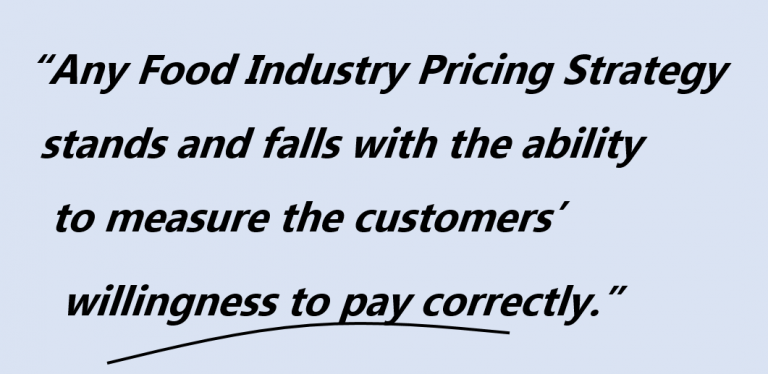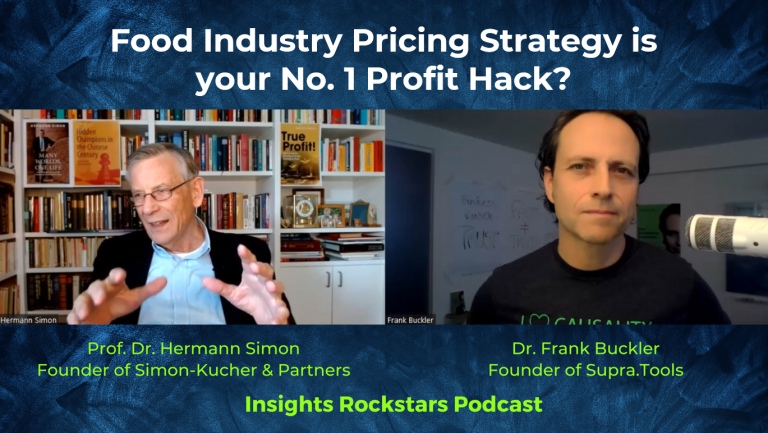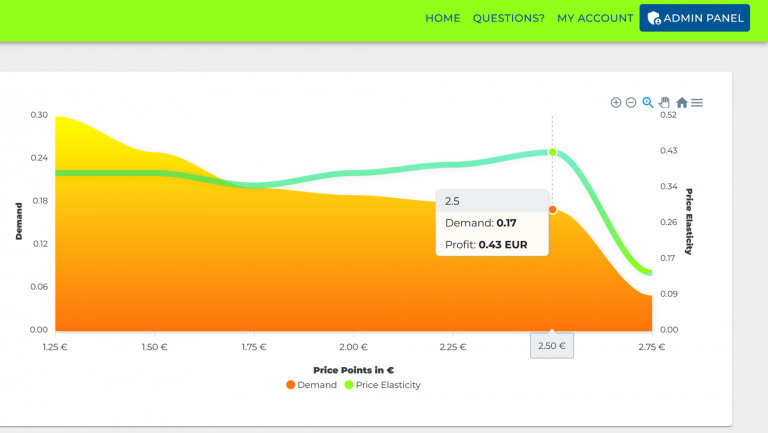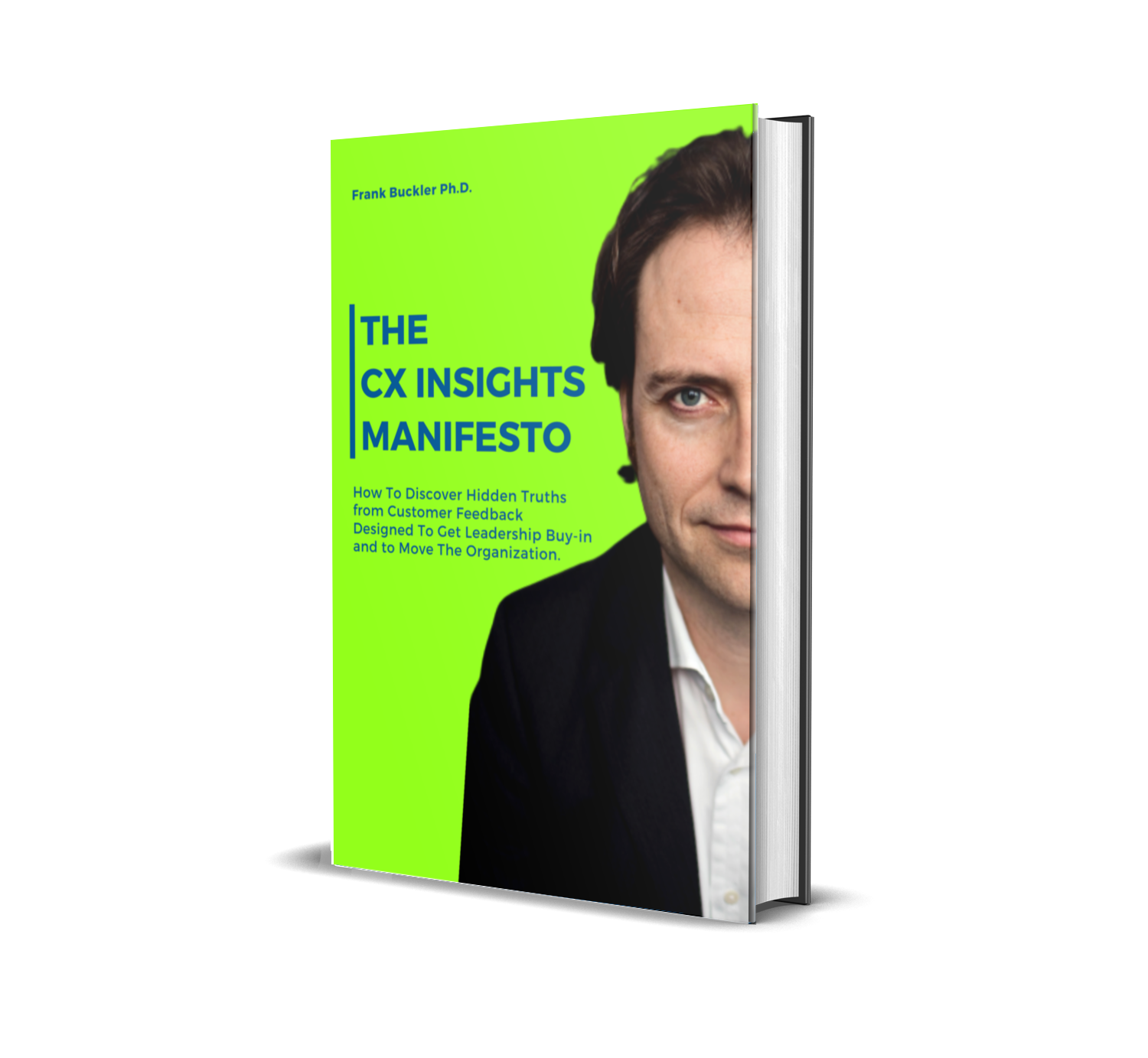
The food industry is a highly competitive market, and in order to succeed, companies need to develop effective pricing strategies. There are a variety of factors that can influence pricing decisions, such as supply and demand, competition, and consumer demand. Companies must carefully assess these factors in order to develop a pricing strategy that will best meet their business objectives.
So, in this blog, we will discuss some different types of pricing strategies for the food industry and their key components. Let’s start!

There are many different types of food industry pricing strategies out there. But which one is the right one for your business? It all depends on your unique circumstances. Here are some of the most common pricing strategies used in the food industry, along with their pros and cons:
This strategy involves setting your prices based on the cost of producing your food plus a markup. The benefit of this approach is that it’s relatively easy to calculate your prices. However, the downside is that you may end up leaving money on the table if your costs go down or if the market price for your food decreases.
This approach involves setting your prices based on what your competitors are charging for similar products. The benefit of this strategy is that it can help you stay competitive in the market. However, the downside is that you may not be able to charge as much as you want, and you could end up losing money if your competitors lower their prices.
This strategy involves setting your prices based on the perceived value of your food. For example, you might charge more for a gourmet meal than a fast food burger. The benefit of this approach is that it allows you to maximize profits by charging what customers are willing to pay. However, the downside is that it can be difficult to determine the perceived value of your food.
No matter which pricing strategy you choose, it’s important to make sure that you regularly review and adjust your prices based on changes in the market and in your business.

If you’re in the food industry, pricing your products can be a tough task. You have to keep in mind the cost of production, shipping, and other associated costs while also making sure you’re providing good value for your customers.
There are several key components that go into formulating an effective pricing strategy for the food industry. Here’s a look at some of the key components to consider:
One of the most important elements in setting prices for food products is your production costs. This includes everything from the cost of ingredients to packaging and labor costs. You’ll need to calculate your total production costs before you can set a price that will allow you to make a profit.
Another important factor to consider when pricing food products is shipping costs. If you intend to ship your products long distances, you’ll need to factor in the cost of fuel and other shipping expenses. You can use online tools like UPS’s Shipping Cost Calculator to get an estimate of your shipping costs, so you can price your products accordingly.
It’s also important to take a look at what your competition is charging for similar products before setting your own prices. You don’t want to price yourself out of the market, but you also don’t want to leave money on the table by pricing too low. A good way to find out what consumers are willing to pay is to conduct market research surveys or focus groups.

The bestselling book „Pricing Intelligence“ has more on the topic and
Finally, it’s important to offer a fair price for your product that reflects its value. Consumers are more likely to purchase items that they perceive as being worth the price tag. When determining value, consider features like quality, durability, and customer service.
By taking all of these factors into consideration, you can develop a pricing strategy that will help you maximize profits while still offering a fair price for your food products.

Some professionals prefer to access video tutorials around pricing and insights
There are a few different types of food industry pricing strategies that you can use to be successful. If you are not sure which one is right for you, then you should consult a professional to find out.

Today pioneers use the latest pricing survey tools that use Neuroscience + AI
Interested professionals can use some tools even for free and explore on its own
You can access supra tools free here.
In my email newsletter “Pricing Insights” I cover the whole range of pricing insights solutions-from Garbor Granger to Conjoint, from NeuroPricing to Pricing Software Systems. I describe the application in various fields from new product pricing to promotion, from brand premium to feature pricing.
Keep up to date here.